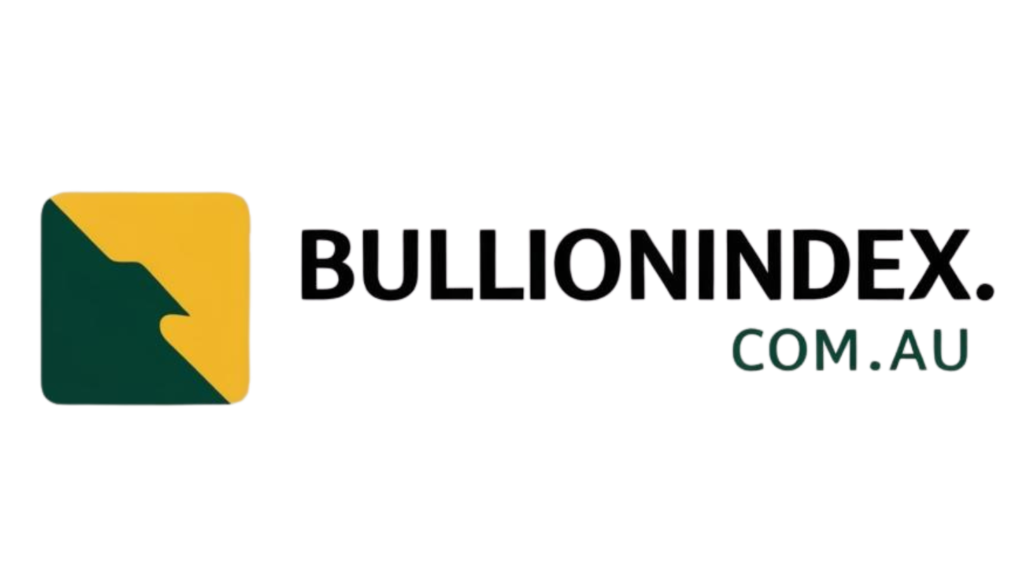Silver, a precious metal with industrial significance, has captivated investors for its unique characteristics. It offers a hedge against inflation, portfolio diversification, and exposure to the precious metals market. The metal’s affordability compared to gold and its wide industrial application make it an appealing investment option.
Analysts speculate that silver could experience a significant uptrend in 2025 due to rising industrial demand, particularly from sectors like renewable energy and electric vehicles. Moreover, increased investor interest in precious metals during economic uncertainties might further boost silver prices. Despite its potential for growth, silver remains subject to market volatility influenced by global economic trends and monetary policies.
Silver’s price dynamics are influenced by various factors, including historical trends, industrial demand, ecological transitions, monetary demand, and global demand. While silver prices historically appreciated modestly, recent years have seen a surge in prices driven by industrial demand, positioning silver as a valuable investment asset.
Investing in silver offers benefits such as protection during inflation, physical asset ownership, affordability compared to gold, and the potential for short-term gains. However, it also comes with risks like price volatility, supply and demand fluctuations, currency risk, and liquidity risk, making it essential for investors to carefully evaluate their risk tolerance and investment goals.
There are multiple avenues to invest in silver, including physical silver in the form of coins, bars, or bullion, silver ETFs, silver mining stocks, silver futures, and silver options. The choice of investment strategy should align with an investor’s portfolio composition and risk appetite, considering factors like asset allocation and investment horizon.
The history of silver price fluctuations provides insights into its market behavior. From reaching peaks in 2011 to hitting lows in 2020, silver prices have exhibited volatility influenced by economic events and market trends. The metal’s industrial applications in electronics, automobiles, solar panels, and jewelry highlight its versatile nature and relevance in various sectors.
While silver’s investment potential is promising, investors must conduct thorough research on market trends and price movements. Timing the market effectively and considering silver as a long-term holding can lead to profitable outcomes. Allocating a portion of the portfolio to silver, typically 5-10%, can provide diversification benefits and hedge against inflation.
As investors weigh the prospects of silver as an investment option, understanding the metal’s market dynamics, historical performance, and industrial relevance is crucial. Whether silver outperforms gold or reaches unprecedented price levels remains speculative, but its role as a tangible asset with growth potential continues to attract investors seeking alternative investment opportunities.
📰 Related Articles
- Silver Investment Outlook: Seizing Growth Amid Economic Uncertainty
- Silver’s 2024 Performance: Resilience and Growth Amid Market Dynamics
- Silver Investment: Diversify Portfolio with Potential Growth
- Silver Investment Outlook: Potential to Outshine Gold, Expert Predicts
- Silver Investment Outlook 2025: Diversification Amidst Market Volatility






